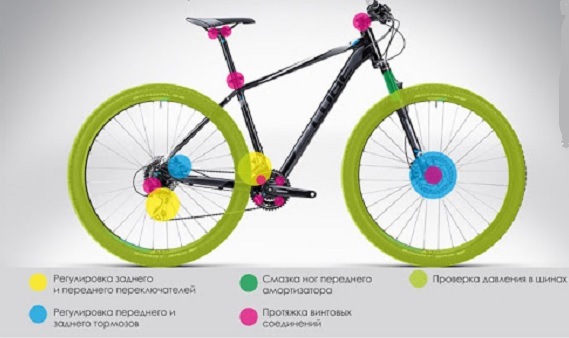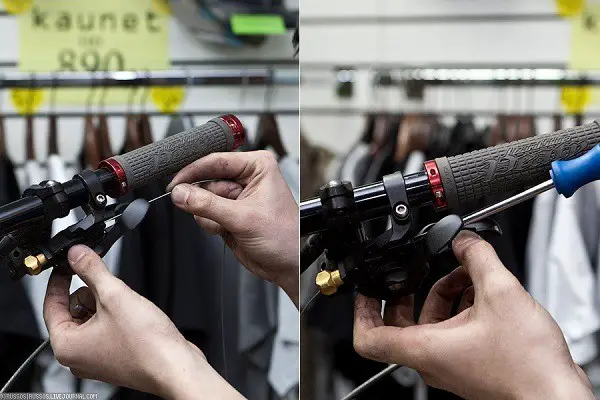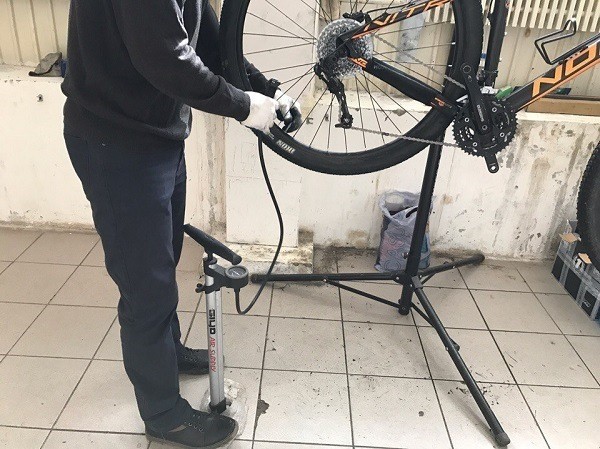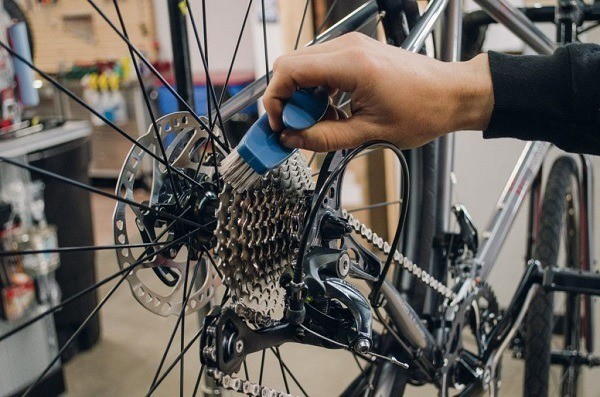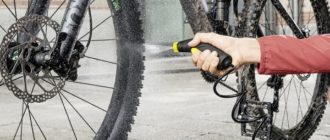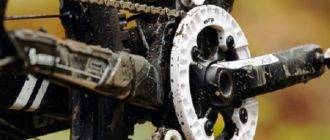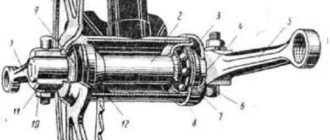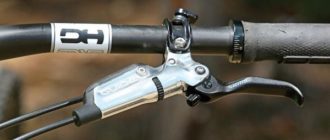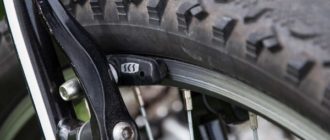Winter is tiring, and in the last days of February you want to grab your bike, shake off the dust, and ride off into the sunset. However, the time spent in confinement can be disastrous for the bike, and its improper storage in winter can have a negative impact on the technical condition of the vehicle. That’s why we recommend checking the major components carefully, as well as making a thorough preparation of the bike for the season. If the bike was wintered in a warm apartment, you just need to pump up the wheels, lubricate the chain, shake off the dust and open the season. Worse, if the bike was on an unglazed balcony, unheated garage or even on the street.
Actions Required
Let’s say at once, you do not have to completely disassemble the bike. It is enough to inspect the main parts and mechanisms, check the condition of the frame and wheels, look at the chain and stars, as well as check the brakes and gear shifters. If you do not know how to prepare the bike for the season after winter, it is better to contact the service center, where experienced professionals will do everything as it should. By the way, some bike owners do just that: give the iron horse for the winter, where it is stored in suitable conditions for him, and then take away fully prepared for operation.
Preparing your bike for the season after winter begins with cleaning. Bike should be wiped of dust, remove the protective film (if you glued it to the frame), carefully clean the chain and stars. Only after that you can proceed to a careful inspection of the main nodes and mechanisms.
Frame
The bike frame should be inspected for damage, dents and scratches left over from last season. If this is not corrected, the load on the frame will be distributed unevenly, which is fraught with other problems. If you have wanted to repaint your bike for a long time, you can do it now, in the process of preparing the bike for the summer season. To do this, of course, it is worth contacting professionals who know how to do it right. But you yourself can qualitatively refresh the bike, if you follow the instructions clearly.
Handlebar and wheels
During downtime, the steering system can become loose due to the fact that the bike has been in one position for a long time. To check its condition, squeeze the front wheel between your legs and rock the handlebar: it should remain stationary in relation to the handlebar and stem.
Now it’s time to check the condition of the tires. Recall that temperature changes and direct sunlight can damage rubber: it dries out and starts to crack. Therefore, first of all, we inspect the tires and inflate the wheels. If the air is deflating, you need to seal the rubber, or better yet, change it.
Lift the rear wheel of the bike and tap the tire with the palm of your hand. Do the same with the front wheel. A bad sign is its looseness and going in different directions. Spin the wheel: the rim should not wobble, draw a “figure of eight” and make extraneous sounds. Go over the spokes: ideally, each of them should make a smooth ringing sound. If a spoke “sings” muffled or, on the contrary, too high, you should tighten or loosen it with a special key. These manipulations are enough to prepare the bike for the new season at home.
Chain and Sprockets
Remove the bike chain and inspect it carefully. A worn chain will wear down the sprockets more quickly. Don’t forget that it has a lifespan of about 4,000 kilometers. It is worth measuring the length of the chain to assess its degree of wear. If the parameters correspond to normal values, you can start processing. To do this, pedal and listen to how the chain works. If it does not chirp, whistle or make any other sounds, then there is nothing wrong with it and you can even do without lubrication. Otherwise, the bike chain should be thoroughly cleaned and lubricated with special oil. Experienced cyclists say that sewing machine oil is also suitable for chains. You can also lightly wipe the stars from the outside (but without fanaticism).
Brakes
If you have vibrbrakes (rim brakes) or disc mechanics, you can do without complicated manipulation here: just check the cables for rust or plaque. For reliability you can blow WD40 directly into the jackets. If the cables run smoothly and evenly, and the brake knob does not stick on the return stroke, then you do not need to do anything else. Also check the condition of the brake pads: if they are more than 2/3 worn, it is better to replace them with new ones.
Crankshafts and Pedals
Crank rods should be cranked forward and backward. If you feel vibration in your hands, you should tighten the bolts that hold these parts in place. Pedals, if removed for the winter, screw in place and also check the smoothness of their movement. If necessary, you can change them yourself.
Other manipulations
You have already done most of the work. There remain details that will not take much time. Evaluate the work of the speed changer: inexperienced cyclists to do this on their own will be difficult, so it is better to turn to a savvy master. For beginners, the question of how to prepare your bike for the season may seem insignificant, but after all, it is this process that will determine how long you can ride your bike without repair and replacement parts. If you are not confident in your abilities, setting the derailleur on your bike is better left to professional mechanics.
Headlights, lenses, reflective elements and lights – all of this should be wiped gently with a clean cotton cloth with the addition of a small amount of window cleaner and mirror cleaner. In fact, this prepares the bike for the new season is over. You can go on the road.
If your bike was winterized in poor conditions.
Such a case requires a serious approach. During the downtime, temperature fluctuations, humidity and direct sunlight could lead to malfunction of the mechanisms and major components of the bike. First and foremost, the transport needs to be washed. No car washes or kerchers: only gentle care of the bike with your hands, a clean rag, water, and a small amount of detergent. When your bike is dry you can prepare it by following the steps outlined above: check the frame, wheels, brakes, chain and sprockets.
Conclusion
Do not forget that any technique requires proper care, which is to clean it from dirt and replace consumables in a timely manner. This is enough to give you many more years of enjoyment from your bike. Remember that today’s models are equipped with delicate systems and mechanisms that can fail if the bike is not stored and cared for properly. Love your horse and it will serve you faithfully for many years to come.

